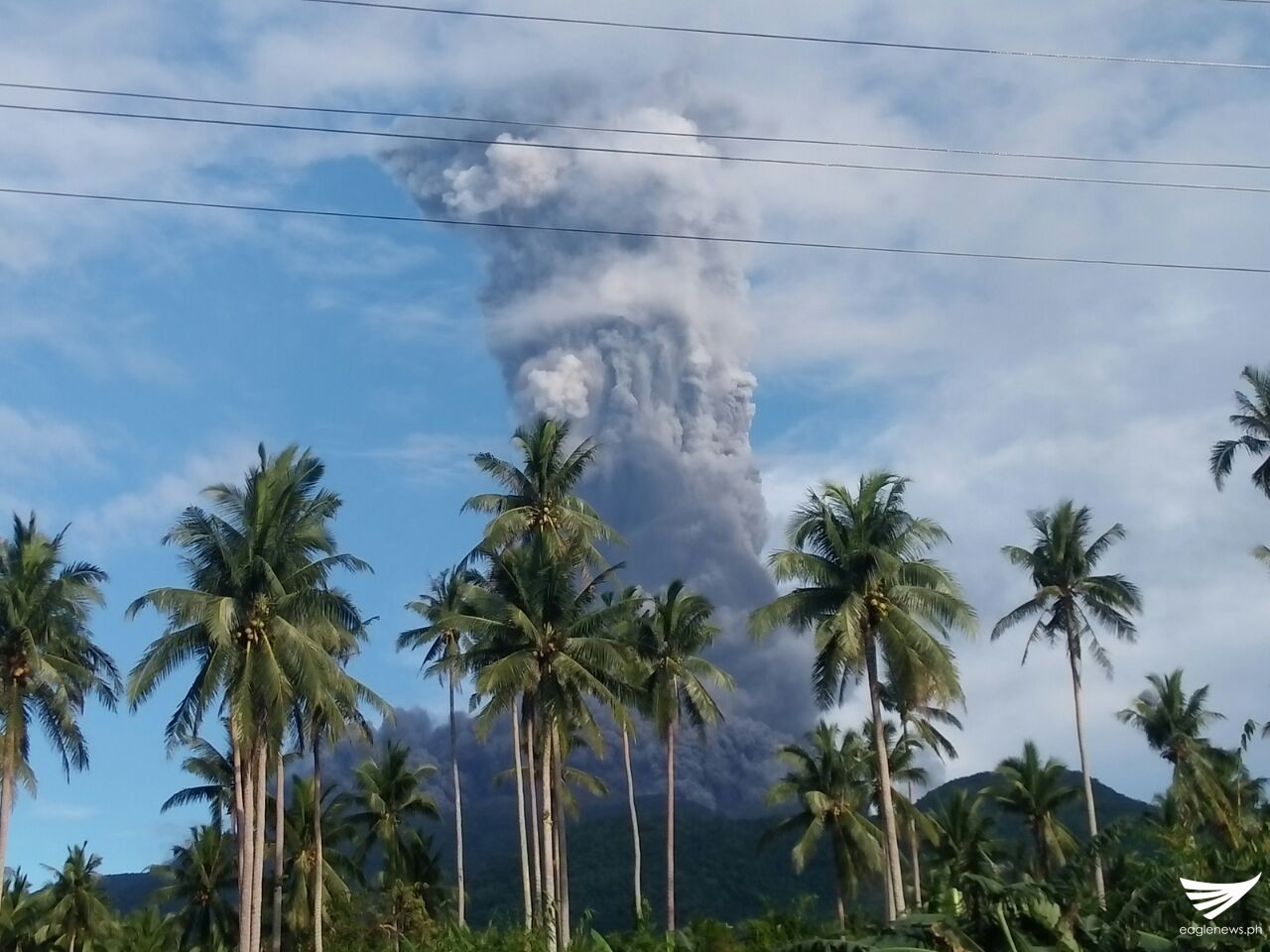
(Eagle News) — The Philippine Institute of Volcanology and Seismology (Phivolcs) said that Bulusan volcano in Sorsogon remains under alert level 1 status, an abnormal condition, after its seismic monitoring network continued to record volcanic quakes and the continuous emission of white steam plumes.
Bulusan has been on alert level one since May 7 last year, when it first emitted ash that rose 250 meters high above the volcano.
In its latest earthquake bulletin issued 8 a.m. Tuesday, October 25, Phivolcs said it recorded six volcanic earthquakes in the past 24 hour-monitoring period.
On Sunday, October 23, Phivolcs recorded two seismic explosion-type earthquakes. The first occurred at 3:31 p.m. and the second followed eight minutes later at 3:39 p.m.
Phivolcs reminded the residents near the area not to enter the four kilometer permanent danger zone (PDZ).
It also reminded the people to be vigiliant within the extended danger zone due to the “increased possibilities of sudden and hazardous phreatic eruptions,” said Phivolcs in its latest bulletin on Mt. Bulusan.
“Civil aviation authorities must also advise pilots to avoid flying close to the volcano’s summit as ash from any sudden phreatic eruption can be hazardous to aircraft,” it said.
“Furthermore, people living within valleys and along river/stream channels especially on the southeast, southwest and northwest sector of the edifice should be vigilant against sediment-laden stream flows and lahars in the event of heavy and prolonged rainfall,” Phivolcs added.
Ashfall from Mt. Bulusan has damaged an array of crops in Sorsogon.
The ash covered vegetables as well as the grass used to feed animals.
Many residents refused to leave the affected areas, wearing only face masks for protection.
The first eruption on Sunday originated from the summit crater and produced a dirty-white to grayish ash column 2.5 kilometers high which then drifted west-southwest.
This generated small pyroclastic flows which cascaded downslopes approximately 2 kilometers from the summit.
Traces of ash were found in the barangays of Gabao, Bulawan, Gulang-gulang, Monbon, Cogon and Tinampo of Irosin town, while 0.5 millimeter thick ash were found in barangay Bolos, Irosin and barangay Caladgao, municipality of Juban.
The thickest ash (1 millimeter) fell in barangay Puting Sapa, Juban.
The second eruption was much smaller, originating from the southeast vent and producing a dirty-white to grayish ash column 500 meters above the vent, according to the Phivolcs bulletin issued on Monday, after the eruption.
It said rumbling sounds were heard in Gulang-gulang, Tinampo, Monbon, Mapaso in Irosin town, while rumbling sounds accompanied by sulfur smells were experienced in Aniog and Putting Sapa, Juban.







